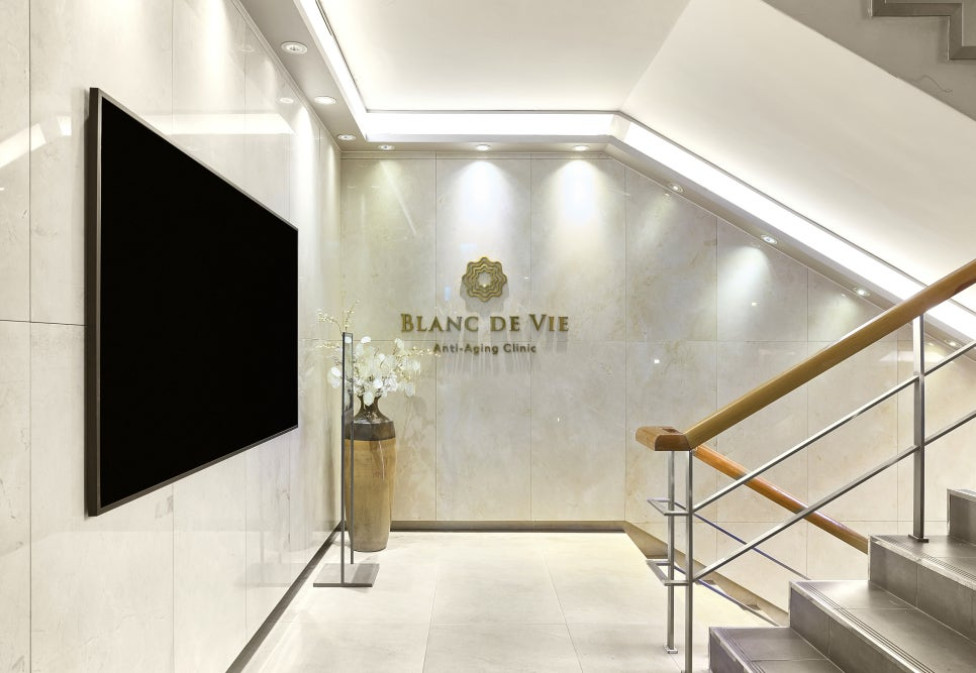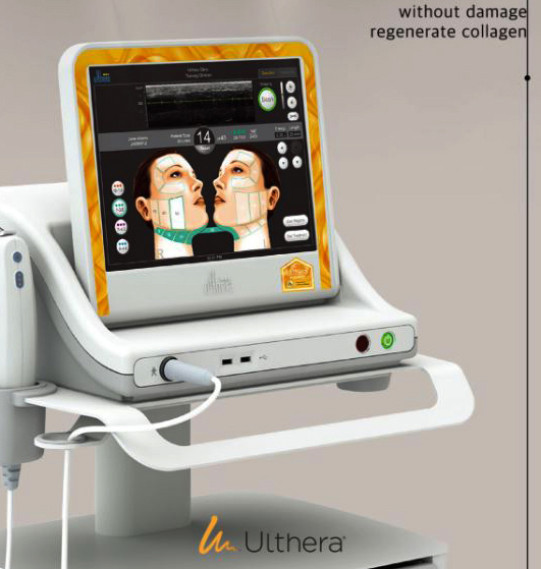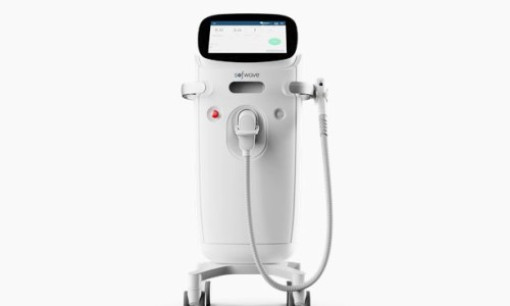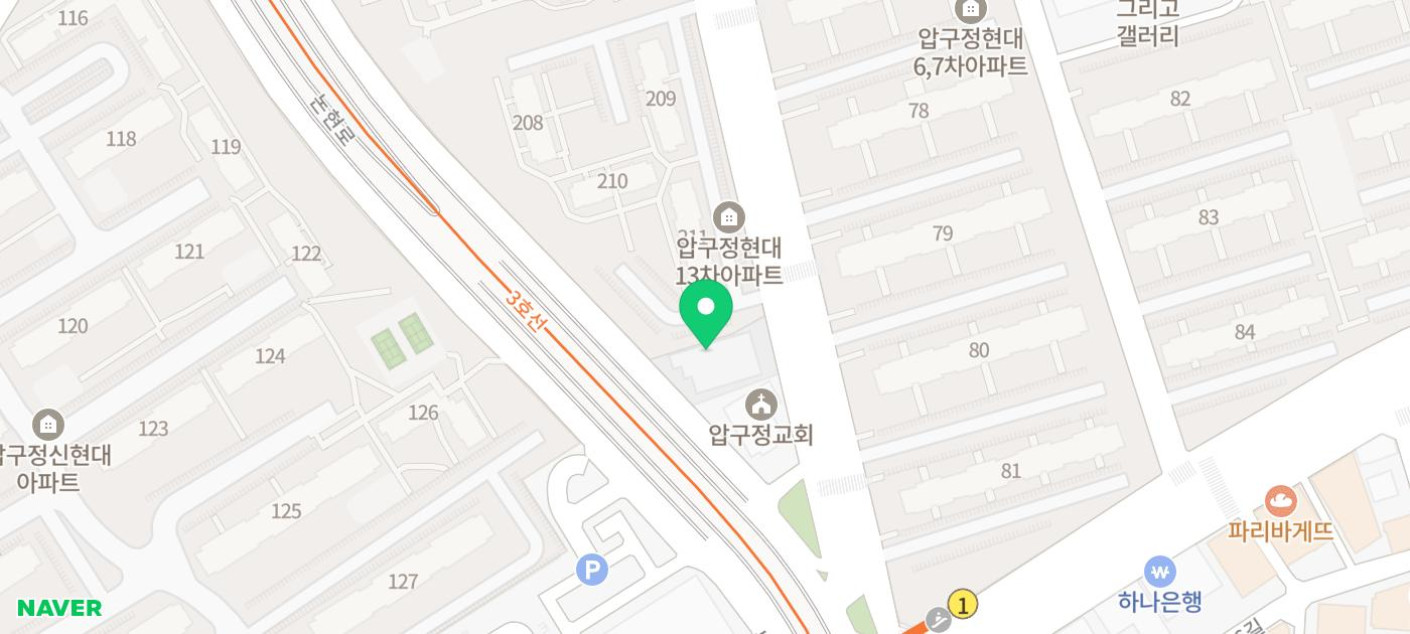Sofwave vs. Ultherapy: Understanding the Differences in Lifting Techno…
페이지 정보
작성자 Wassup 작성일 25-11-13 07:45 조회 26 댓글 0본문
Skin aging is a natural process everyone experiences over time.
As the amount of collagen and elastin decreases, the skin gradually thins, loses elasticity, and develops wrinkles and sagging.
Lifestyle habits and external stimuli can accelerate these changes.
To address these concerns, several non-surgical lifting devices have been developed, with Ultherapy and Sofwave being among the most popular.
Both devices are FDA-approved, ensuring their safety and effectiveness.
However, they differ in the depth and method of action on the skin layers, offering distinct advantages.
This article will explore the unique characteristics of each device independently, without direct comparison.
Ultherapy Features
Ultherapy is a lifting device that utilizes HIFU (High-Intensity Focused Ultrasound) technology.
Ultrasound energy reaches the SMAS layer deep within the skin, contracting tissues and stimulating collagen regeneration.
The SMAS layer is directly related to skin sagging and is a target for correction in facelift surgeries.
Therefore, Ultherapy can provide effects close to surgical lifting in a non-invasive manner.
During the procedure, energy is focused on specific depths without damaging the skin surface, creating thermal coagulation points.
This results in a tightening sensation immediately after the procedure, followed by gradual improvement in elasticity as collagen regeneration occurs over the next 2-3 months.
The effects typically last for more than a year and are highly effective in correcting jawlines, improving cheek sagging, and lifting eyebrows.
However, as energy is delivered to deep layers, pain may occur during the procedure, and temporary redness or swelling may result.
These issues can be alleviated with numbing cream or cooling devices.
Sofwave Features
Sofwave induces skin improvement differently from Ultherapy.
Based on its proprietary Synchronous Ultrasound Parallel Beam Technology, it targets the mid-dermis layer, approximately 1.5mm deep from the skin surface.
This layer directly affects skin elasticity and wrinkle formation.
Because it stimulates only the dermis without damaging the epidermis, it is highly safe and suitable for sensitive areas such as the eyes and neck.
Sofwave is primarily used to improve fine lines around the eyes, forehead wrinkles, and neck wrinkles.
Redness or swelling may occur after the procedure, but it is generally mild and resolves quickly, with minimal downtime being a significant advantage.
Pain is also less than with Ultherapy, and many report that the procedure is manageable without pain relief assistance.
Immediately after the procedure, a tightening sensation can be experienced, and as collagen and elastin regeneration progresses, the skin becomes firmer, and wrinkles improve over time.
The effects are known to last about 6 months, and repeated treatments may be recommended as needed.
Ultherapy is effective in improving contours and sagging by delivering energy to the deep SMAS layer, while Sofwave targets the dermis to improve wrinkles and elasticity, with a particular strength in treating sensitive areas.
Both devices have distinct advantages, so it is essential to choose based on your skin condition and desired improvements.
In some cases, a combination of both devices may be used.
The key is to accurately understand the characteristics of the devices and your skin condition and then develop an appropriate treatment plan.







Source :https://blog.naver.com/blacdevie_apgujung/224000027634
- 이전글 Chin Thread Lift: Restore Definition and Youthfulness
- 다음글 Arm Liposuction Side Effects: Why Many People Are Concerned
댓글목록 0
등록된 댓글이 없습니다.
